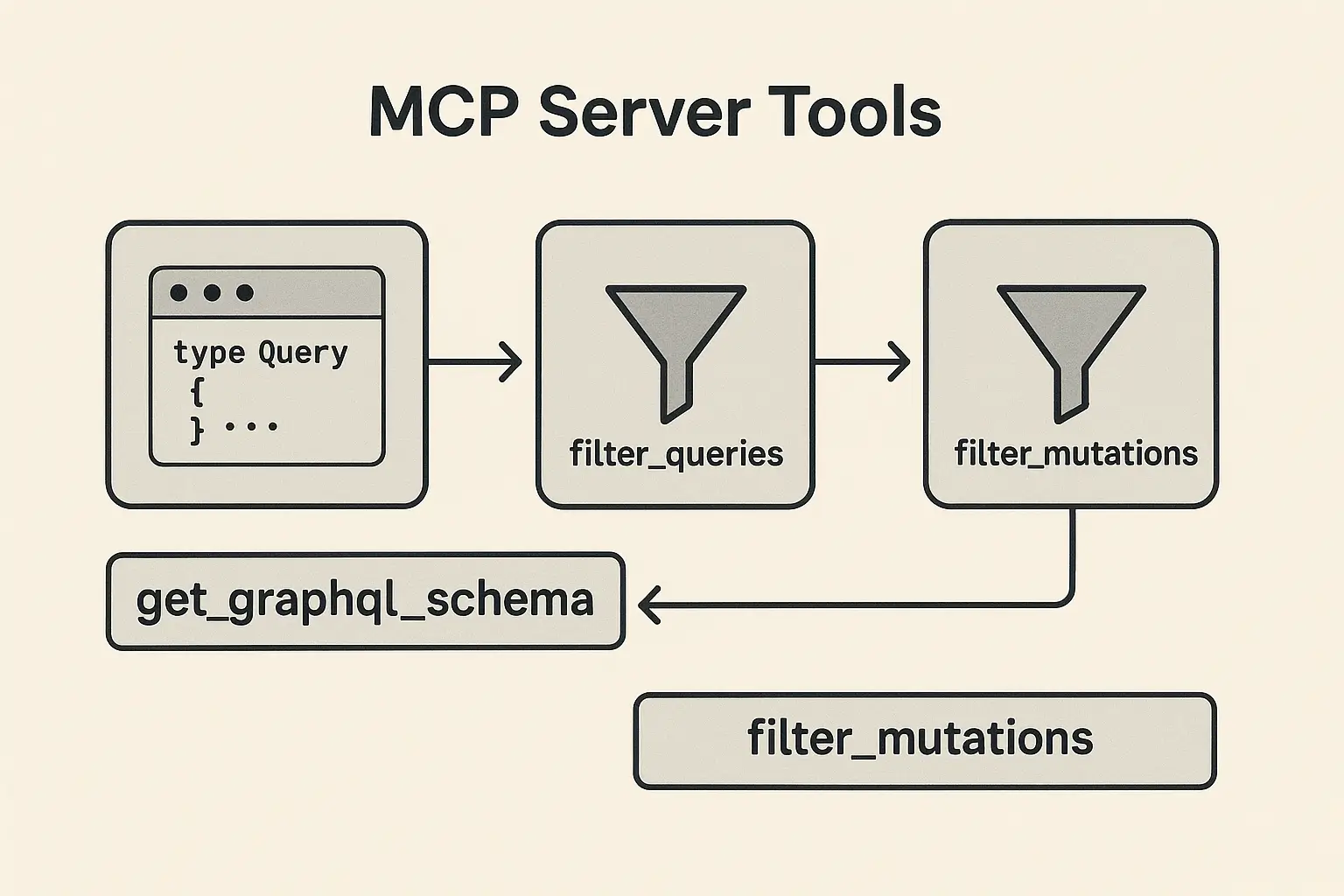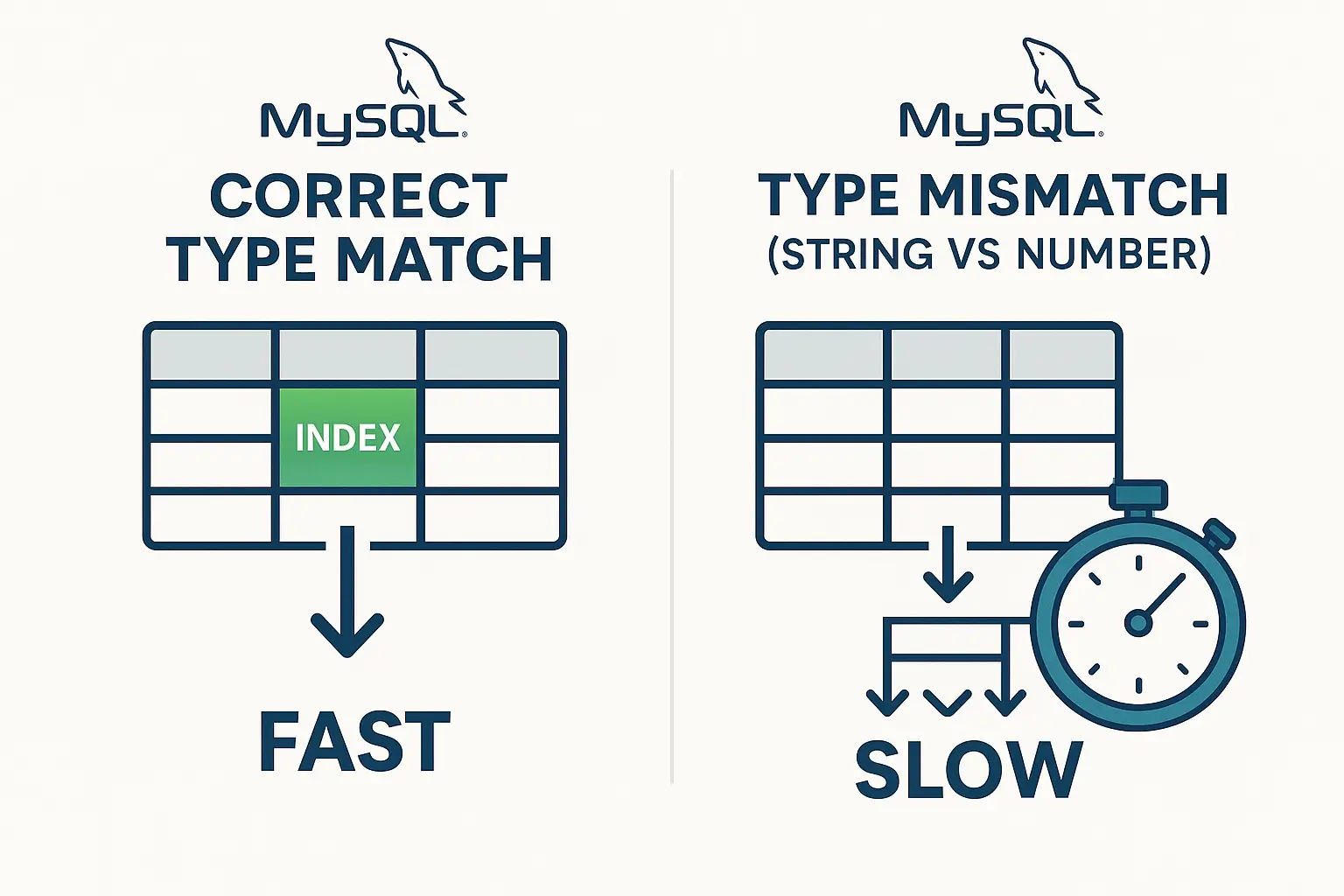NestJS vs. Ruby on Rails: A Full Comparison
I want to have full insight about it because I’m going to build new application which can scale horizontal, optimize and less development cost.
If you have same question, let’s check this blog to have final decision.
NestJS (Node.js-based) and Ruby on Rails (Rails) are popular choices when choosing a framework for building scalable, optimized, and cost-effective applications. Each has its strengths and weaknesses depending on the project’s requirements, team expertise, and goals.
Here’s a detailed comparison covering architecture, performance, scalability, ecosystem, and more, followed by a comparison table.
1. Language and Ecosystem
NestJS (Node.js)
- Language: TypeScript (built on Node.js). It’s modern and comes with static typing, making it easier to maintain large-scale applications.
- Ecosystem: The Node.js ecosystem is vast, offering a wide range of libraries for every use case (e.g., real-time applications, REST APIs, microservices, etc.). The NPM package manager provides access to thousands of libraries, giving developers flexibility.
- Community: Node.js has an active and large community, especially around backend systems, microservices, and real-time applications.
Ruby on Rails
- Language: Ruby. Rails is known for its ease of use and developer productivity. Ruby is dynamically typed and offers a more “human-readable” syntax, making it simple to write but possibly harder to scale for large teams or complex apps.
- Ecosystem: Rails has a mature ecosystem with “gems” (libraries) for most common tasks (authentication, background jobs, etc.). It’s particularly strong in the web development space but not as versatile as Node.js.
- Community: Rails has a strong, mature community but smaller than Node.js, and it’s primarily focused on traditional MVC-based web applications.
2. Performance
NestJS (Node.js)
- Speed: Node.js is event-driven and non-blocking (asynchronous I/O), making it very efficient in handling high-concurrency applications (e.g., real-time apps).
- CPU-bound Tasks: For CPU-heavy tasks, Node.js may require optimization or offloading to worker threads or external services, as it uses a single-threaded event loop.
- Scaling: Works well horizontally across servers, especially when paired with load balancers. NestJS is optimized for large-scale, microservice-based architectures, allowing independent scaling of services.
Ruby on Rails
- Speed: Ruby on Rails prioritizes ease of development over raw performance. It can handle a fair amount of traffic but may not perform as well as Node.js in high-concurrency environments.
- CPU-bound Tasks: Rails is not optimized for CPU-heavy tasks. You’ll often need to scale vertically (increasing resources per server) or introduce background processing via libraries like Sidekiq or Redis.
- Scaling: Horizontal scaling is achievable with Rails, but it may require more effort than NestJS due to Ruby’s nature and the framework’s orientation toward monolithic architectures.
3. Scalability
NestJS
- Horizontal Scaling: NestJS, built on Node.js, naturally supports horizontal scaling, especially with stateless architectures and microservices.
- Microservice Support: NestJS is designed with microservice architecture in mind, making it easier to split applications into smaller, manageable services that can scale independently.
- Real-time & WebSockets: Node.js is excellent for real-time applications and WebSockets, which is natively supported in NestJS.
Ruby on Rails
- Horizontal Scaling: Rails is often used for monolithic applications, but horizontal scaling can be achieved through techniques like database sharding, caching, and breaking the application into microservices. However, it’s not as straightforward as in NestJS.
- Microservices: While Rails can be adapted to microservice architecture, it isn’t as natively supported as in NestJS. This may require additional tooling and effort.
4. Learning Curve
NestJS
- Learning Curve: NestJS has a steeper learning curve due to TypeScript, decorators, and its opinionated structure. Developers familiar with Angular will find it easier because of shared design principles.
- Modularity: The framework’s modular architecture allows developers to break the application into reusable modules, but this requires familiarity with TypeScript decorators and design patterns.
Ruby on Rails
- Learning Curve: Rails is known for its simplicity and ease of use. Developers can build a functional web application very quickly with minimal code. The “convention over configuration” philosophy speeds up development but can make customization more challenging for advanced use cases.
5. Development Speed and Cost
NestJS
- Development Speed: NestJS can be fast once the team is familiar with TypeScript and the framework itself. Thanks to TypeScript, it’s easier to avoid bugs during development, which can save debugging time.
- Cost: With the ability to scale horizontally and the flexibility of Node.js, NestJS can help reduce infrastructure and development costs over time. Its modularity supports more complex applications.
Ruby on Rails
- Development Speed: Rails excels at development speed, particularly for smaller apps. Its strong conventions, built-in generators, and helper libraries allow for rapid prototyping.
- Cost: Rails development tends to be cheaper initially due to its productivity, but as the application grows, scaling and maintaining performance might increase long-term costs.
6. Testing & Tooling
NestJS
- Testing: NestJS provides out-of-the-box support for testing via Jest. Its modular structure makes it easier to write unit tests for individual services.
- Tooling: NestJS benefits from the extensive JavaScript ecosystem, offering many libraries and integrations for logging, monitoring, and automated testing.
Ruby on Rails
- Testing: Rails has a robust testing ecosystem, with built-in support for unit, integration, and functional testing (via RSpec, MiniTest). It’s known for encouraging Test-Driven Development (TDD).
- Tooling: Rails has mature tools for almost every stage of the development lifecycle, including testing, debugging, and deployment. However, Rails is more focused on web development.
7. Community Support & Documentation
NestJS
- Community Support: NestJS has a growing community and excellent documentation, with many open-source packages and active GitHub repositories.
- Documentation: It has comprehensive documentation, especially for setting up REST APIs, GraphQL, microservices, and WebSocket-based apps.
Ruby on Rails
- Community Support: Rails has a large and mature community, although it’s somewhat smaller than Node.js. The framework’s age means most common problems have established solutions.
- Documentation: Rails has outstanding documentation and a vast array of tutorials, particularly for building traditional web apps.
Comparison Table: NestJS vs. Ruby on Rails
| Factor | NestJS | Ruby on Rails |
|---|---|---|
| Language | TypeScript (Node.js) | Ruby |
| Performance | High concurrency, event-driven | Moderate, less optimized for concurrency |
| Scalability | Excellent for horizontal scaling, microservices | Good but requires more work, monolithic by default |
| Learning Curve | Moderate (TypeScript and NestJS specifics) | Easy (Ruby and Rails are beginner-friendly) |
| Development Speed | Fast once familiar | Very fast for simple applications |
| Cost Efficiency | High due to scalability and flexibility | Lower cost initially, higher cost for scaling |
| Microservices Support | Built-in support | Possible but requires extra effort |
| Tooling and Libraries | Extensive ecosystem via NPM | Mature ecosystem with “gems” |
| Testing | Out-of-the-box with Jest | Excellent support via RSpec, MiniTest |
| Community & Documentation | Growing, excellent docs | Mature, highly established |
| Best For | Large-scale apps, real-time apps, microservices | Quick prototyping, CRUD-based web apps |
| Real-time Support | Native WebSocket support, efficient | Requires additional gems (e.g., ActionCable) |
Conclusion
- NestJS is ideal for applications requiring horizontal scalability, microservices, real-time processing, and high performance. It excels when you’re focused on flexibility, optimizing infrastructure costs, and handling complex, distributed architectures.
- Ruby on Rails is best suited for rapid development of traditional web applications (e.g., CRUD-based systems), especially when speed to market is critical, and scaling requirements are moderate. It’s great for smaller teams that value developer productivity over performance in high-concurrency environments.
For your use case—building an application that can scale horizontally, optimize performance, and reduce development costs—NestJS is likely the better fit due to its scalability, modern architecture, and performance optimizations. However, if you prioritize fast development and prototyping, Rails may be useful for simpler, monolithic projects.
More insight: https://stackshare.io/stackups/nestjs-vs-rails





